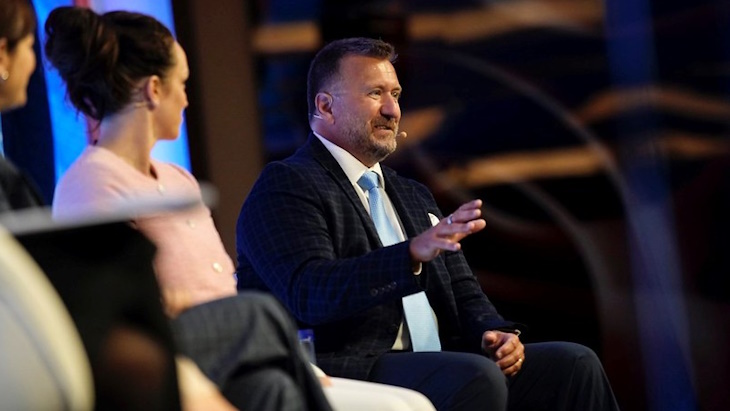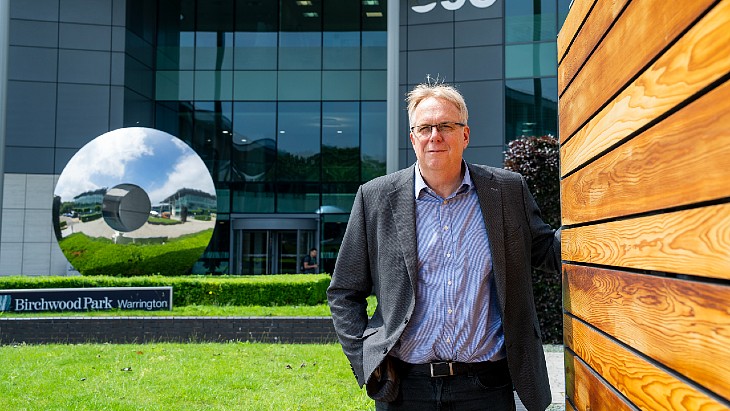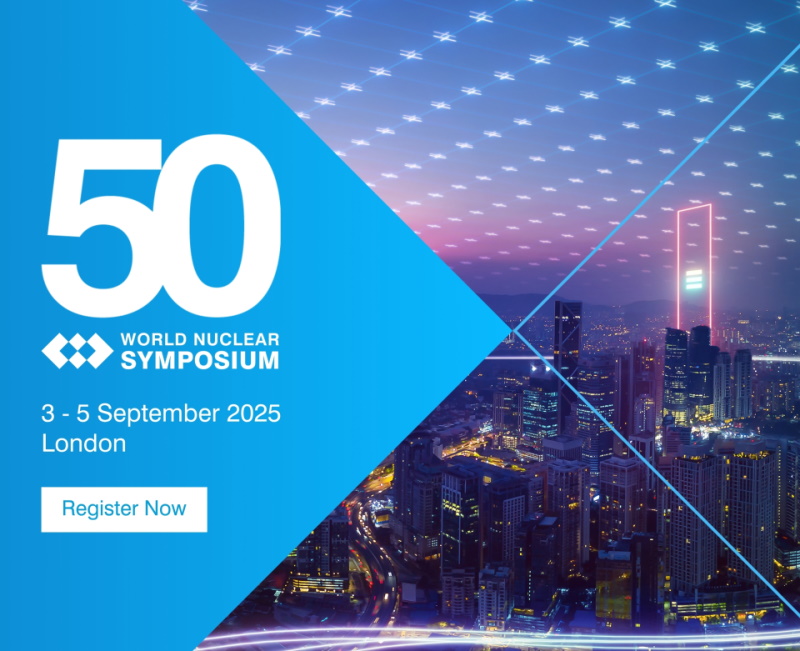Last Energy is a spin-off of the Energy Impact Center, a research institute devoted to accelerating the clean energy transition through innovation. Its small modular reactor (SMR) technology is based on a pressurised water reactor with a capacity of 20 MWe or 80 MWt. Power plant modules would be built off-site and assembled in modules.
The company said its Series B will enable it to continue expanding its team and invest in project development as it works to deploy its first plant, targeting a 2026 online date. Investors for the round include Gigafund, the Autodesk Foundation, and a series of family offices.
"2024 has been a monumental year for Last Energy so far," said Last Energy founder and CEO Bret Kugelmass. "In the last eight months we released a new prototype, demonstrated our fabrication and transport capabilities, nearly doubled our headcount, and accelerated commercial growth. Closing our Series B was the next step to unlocking key milestones as we continue down the path toward commercial operations."
"We are excited to support Last Energy as they trailblaze a new era in clean and reliable energy," said Ryan Macpherson, Director of Climate Innovation & Investment at the Autodesk Foundation. "By drastically simplifying the design-construction-operations process, leveraging technology and talent from Autodesk, Last Energy's approach to micro-modular nuclear power has the potential to fundamentally change how we think about energy production - offering a rapid, scalable, and economically viable solution to decarbonise heavy industry."
A Last Energy plant, referred to as the PWR-20, is comprised of a few dozen modules that, it says, "snap together like a Lego kit". The PWR-20 is designed to be fabricated, transported, and assembled within 24 months, and is sized to serve private industrial customers. Under its development model, Last Energy owns and operates its plug-and-play power plant on the customer's site, bypassing the decade-long development timelines of electric transmission grid upgrade requirements.
Commercial agreements
The company has also announced that it has now reached commercial agreements for 80 units. Last Energy announced agreements for 34 units in 2023 and began 2024 with agreements for 50 units. Of the agreements, 39 of the 80 units will be built to serve data centre developers.
"Due to the uniquely intensive energy needs of services like AI and cloud computing, data centres have increasingly invested in nuclear development to ensure they have access to 24/7 clean baseload power," Last Energy said. "Microreactors offer a significantly higher energy capacity than renewables at a lower cost, with minimal land requirements, and without any of the necessary investments in storage capabilities."
The company says its goal is to build 10,000 units in the next 15 years.
"Data centres and heavy industry are trying to grapple with a very complex set of energy challenges, and Last Energy has seen them realise that micro-nuclear is the only capable solution," Kugelmass said. "More than ever, data centres need technologies that can simultaneously provide energy abundance, ensure energy security, and enable decarbonisation.
"Nuclear power is the only resource that can check all of those boxes on paper, but it will only be feasible if nuclear development becomes faster and more affordable in practice. Last Energy is doing that by miniaturising, modularising, and productising nuclear plants, which is critical to unlock nuclear energy at scale."
In April, Last Energy showcased a prototype of its nuclear reactor module at Data Center World and hosted a demonstration event for industry executives and US policymakers. The showcase marked the first time a microreactor prototype was ever displayed in Washington, DC, even passing in front of the US Capitol. The company has plans for two new prototypes, which will be revealed in 2025.

.jpg)



_77790.png)
_59102.jpg)

_49833.jpg)

_96167_68292.jpg)

